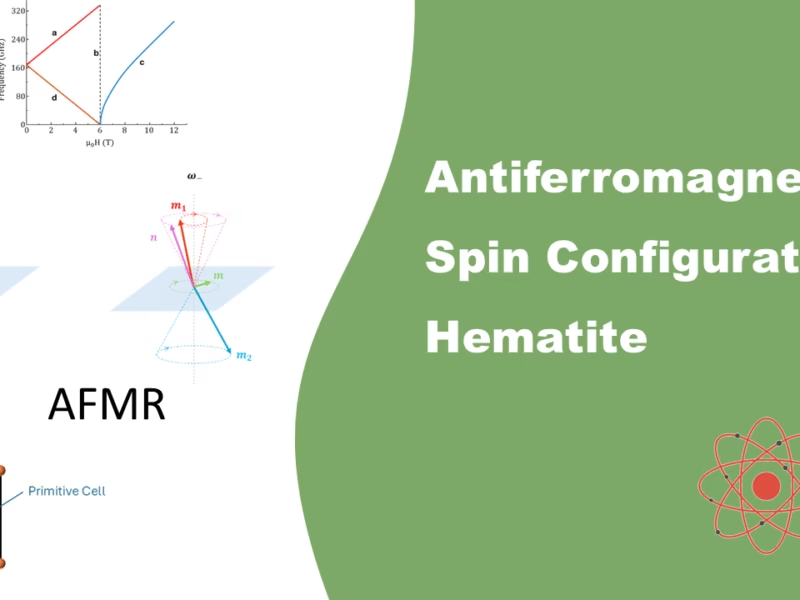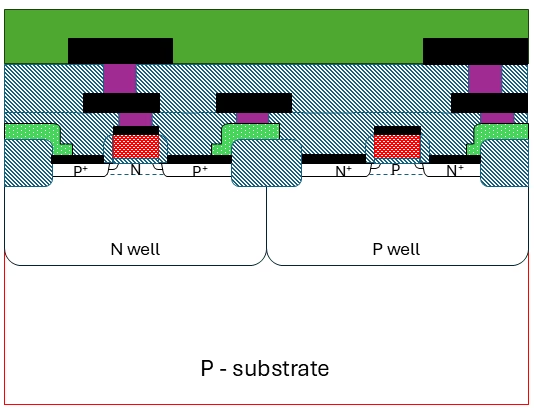1. How to write a good thesis introduction
The introduction is the first chapter of your dissertation and is typically located immediately after the table of contents or list of figures/tables/abbreviations. It can be a challenging aspect of the dissertation writing process, and it can be difficult to know what information should be included. This guide is intended to provide helpful guidance for those who may be feeling stuck with their introduction chapter.
The introduction chapter serves as an introduction to the reader, providing a clear and concise overview of the research topic and its significance. It presents the research questions, aims, and objectives, and sets the stage for the rest of the dissertation. The goal of this chapter is to capture the reader’s attention and provide a clear understanding of the research scope and why it is important. This chapter serves as an essential foundation for the reader to understand the purpose and relevance of the research and the subsequent chapters.
When to start writing
It is important to note that while the introduction chapter is typically the first chapter of a dissertation, it is not always the first part that is written. In fact, it is common to write it near the end of the research process, after completing the methodology and discussion chapters.
To help guide the writing process, it can be useful to create a manuscript skeleton that includes only the chapter headers, sections, and sub-sections. This skeleton can serve as a roadmap, ensuring that each element is introduced in the correct order, to avoid confusion for the reader. By introducing techniques, methods, and terms in a logical sequence, the reader will be able to understand the research and its significance more easily.
1.1 Introduce your topic
As with every chapter, begin by providing a brief overview of the content to come in this chapter. The introduction should be clear and easily understood to maintain the reader’s interest. Offer necessary background information and touch upon recent academic debates relevant to the topic to provide a broad understanding of the subject area. This can include a brief history of the topic, recent developments in the field, and key pieces of information that are important for the reader to know.
Keep in mind that not all readers may be as knowledgeable as you in this specific field, so be sure to explain any scientific terms or jargon in this introductory chapter to ensure that the reader can fully understand the rest of the document.
1.2 Define scope of your research
The introduction likely already hinted at a problem that requires further investigation. In this chapter, you will focus specifically on the research problem at hand. This could be a gap in existing literature or inconsistencies in previous research. To present your research problem effectively, it’s important to clearly articulate what is missing and why it is a problem.
Additionally, you can further narrow down the focus by specifying a specific time period or geographical area. This will help to keep your research focused on the most important elements and avoid straying from the main topic.
1.3 Overview of current state of research
In this section, you should discuss how your work relates to other existing literature and what you expect to contribute to the field. Begin by providing a brief overview of the current state of research, using citations to support your points. This should not be as detailed as the literature review chapter, but it should explain how your thesis/dissertation:
- contributes to solving the problem at hand,
- addresses gaps in the literature,
- builds upon existing literature, and
- proposes a new understanding or perspective on the topic.
It should be clear and concise, providing the context and significance of the study in relation to the existing literature. This will help the readers understand the significance and novelty of the research.
1.4 Research questions / objective
Having identified the research problem, the next step is to formulate clear and specific research aims and objectives. These aims should clearly state the goal of the research and serve as the overarching framework for the study. In this chapter, the methodology for achieving these aims will be outlined and discussed in detail.
Following the research aims, the next step is to formulate specific and actionable research objectives. These objectives break down the overarching aim into smaller, manageable steps that will guide the research process. The ultimate goal is to ensure that the objectives are measurable and achievable.
Finally, it is important to clearly state the research question(s) that will drive the study. These questions should be specific and focused, and should be able to be answered through the research process. They should also be framed in such a way that they align with the research aims and objectives, and clearly define the boundaries of the research. By clearly defining the research question(s) early on, it is possible to investigate the topic more thoroughly, and to ensure that the research is well-focused.
1.5 Outline
To conclude the introductory chapter, provide a clear outline of the structure of your dissertation/thesis. This can include a brief summary of what to expect in each chapter, in one or two sentences. If your work is more complex than the typical literature review, methods, results, and conclusion format, it may be helpful to give a more detailed explanation of the structure of your dissertation, particularly for fields such as humanities studies. This will help the reader navigate your work and understand the organization of your research.
2. Recap
I hope this helps you with this chapter of your dissertation. Stay calm and keep strong.
For a short recap:
- The opening: You give a brief overview what your research will be about.
- Scope: You narrow down into the specific problem you are trying to research, by delimitation.
- Current state of research: You show the importance and relevance of your research.
- Aims/Objectives/Questions: You clearly state what you will research in your dissertation
- Outline: You give a brief outline of the structure of the document.
Dissertation menu
- Dissertation Title Page | Tips & Examples
- Dissertation Preface / Acknowledgements | Tips & Examples
- Dissertation Abstract | Tips and Examples
- Dissertation Table of Content | Tips and Example
- Dissertation Figure and Table List | Tips and Examples
- Dissertation List of Abbreviations | Tips and Example
- Dissertation Introduction | Tips and examples
- Dissertation Literature Review | Tips and Example
- Dissertation methodology | Tips and Example
- Dissertation Research Results | Tips and Example
- Dissertation Discussion | Tips and Example
- Dissertation Conclusion | Tips and Example
- References & Citations
- Dissertation Appendix | Tips and Example










